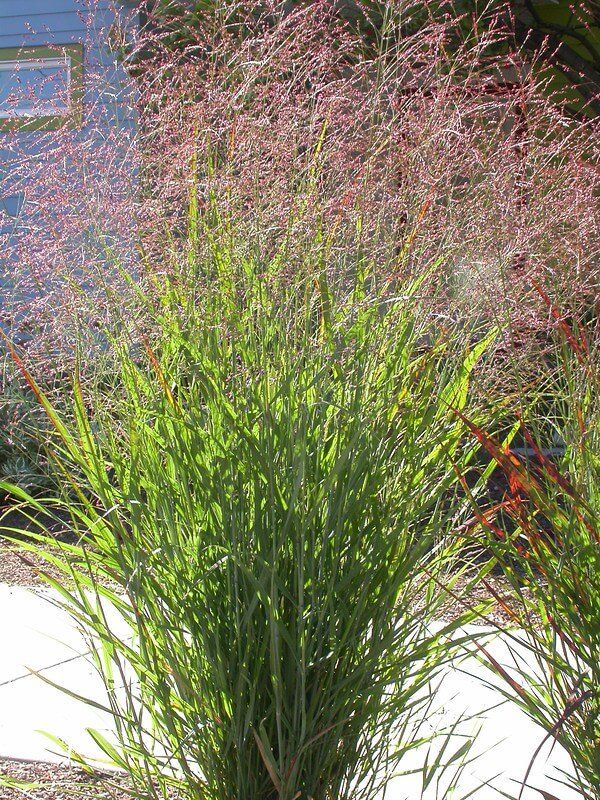Lead Plant (Amorpha canescens)
Lead Plant is such an attractive small shrub. Its flowers attract native bees, butterflies, moths, and other beneficial insects (illinoiswildflower.info). It is the host plant to the Silver Spotted Skipper, Gray Hairstreak, Hoary Edge, and 19 other species of butterflies and moths in our area (nwf.org). It is also the host plant for the specialist mining and cellophane bee species (Andrena cragini, A. quintilis, Colletes albescens, and C. robertsonii) (Holm, 2017). On top of that it is beneficial to the threatened Three-staff underwing (mnfi.anr.msu.edu/), Magdalen underwing (mnfi.anr.msu.edu/), Leadplant Moth (mnfi.anr.msu.edu/) and it is recommended as a monarch nectar source (Xerces.org) and a preferred pollinator plant by Xerces Society (Xerces.org). What a great plant! Do not fret if it dies to the ground after an extremely harsh winter, it will usually recover within a growing season or two. Mammals like to nibble this one, so protect it while young! Lead Plant is listed as a species of concern in Michigan (mnfi.anr.msu.edu/).
Photo credit: Peganum (1), John Blair (2)
Lead Plant is such an attractive small shrub. Its flowers attract native bees, butterflies, moths, and other beneficial insects (illinoiswildflower.info). It is the host plant to the Silver Spotted Skipper, Gray Hairstreak, Hoary Edge, and 19 other species of butterflies and moths in our area (nwf.org). It is also the host plant for the specialist mining and cellophane bee species (Andrena cragini, A. quintilis, Colletes albescens, and C. robertsonii) (Holm, 2017). On top of that it is beneficial to the threatened Three-staff underwing (mnfi.anr.msu.edu/), Magdalen underwing (mnfi.anr.msu.edu/), Leadplant Moth (mnfi.anr.msu.edu/) and it is recommended as a monarch nectar source (Xerces.org) and a preferred pollinator plant by Xerces Society (Xerces.org). What a great plant! Do not fret if it dies to the ground after an extremely harsh winter, it will usually recover within a growing season or two. Mammals like to nibble this one, so protect it while young! Lead Plant is listed as a species of concern in Michigan (mnfi.anr.msu.edu/).
Photo credit: Peganum (1), John Blair (2)
Lead Plant is such an attractive small shrub. Its flowers attract native bees, butterflies, moths, and other beneficial insects (illinoiswildflower.info). It is the host plant to the Silver Spotted Skipper, Gray Hairstreak, Hoary Edge, and 19 other species of butterflies and moths in our area (nwf.org). It is also the host plant for the specialist mining and cellophane bee species (Andrena cragini, A. quintilis, Colletes albescens, and C. robertsonii) (Holm, 2017). On top of that it is beneficial to the threatened Three-staff underwing (mnfi.anr.msu.edu/), Magdalen underwing (mnfi.anr.msu.edu/), Leadplant Moth (mnfi.anr.msu.edu/) and it is recommended as a monarch nectar source (Xerces.org) and a preferred pollinator plant by Xerces Society (Xerces.org). What a great plant! Do not fret if it dies to the ground after an extremely harsh winter, it will usually recover within a growing season or two. Mammals like to nibble this one, so protect it while young! Lead Plant is listed as a species of concern in Michigan (mnfi.anr.msu.edu/).
Photo credit: Peganum (1), John Blair (2)
Life Cycle: Perennial
Sun Exposure: Full, Partial shade (prefers full, but will tolerate some shade)
Soil Moisture: Medium, Medium-dry, Dry
Height: 3 feet
Plant Spacing: 1-2 feet
Bloom Time: June-August
Bloom Color: Purple
Advantages: Caterpillar Favorite, Pollinator Favorite, Bird Favorite, Great landscaping plant
Host Plant: Silver Spotted Skipper, Gray Hairstreak, Hoary Edge, and 19 other species of butterflies and moths use this as a caterpillar host plant in our area (nwf.org)
Species of Concern: State Status: Special Concern; rare or uncertain; not legally protected. State Rank: Vulnerable (mnfi.anr.msu.edu/).
Specialist Bee: Mining and cellophane bee species (Andrena cragini, A. quintilis, Colletes albescens, and C. robertsonii) (Holm, 2017)
Beneficial for Endangered or Threatened Species: Three-staff underwing (Catocala amestris) (mnfi.anr.msu.edu/), Magdalen underwing (Catocala illecta) (mnfi.anr.msu.edu/), Leadplant Moth (Schinia lucens) (mnfi.anr.msu.edu/)
Resources: Holm, Heather. Bees: An Identification and Native Plant Forage Guide. Pollination Press, 2017








